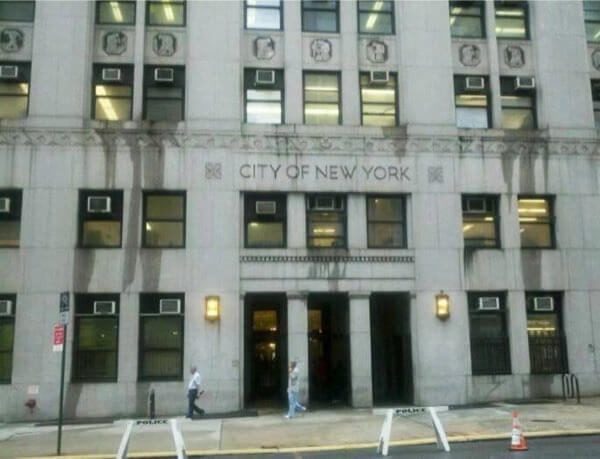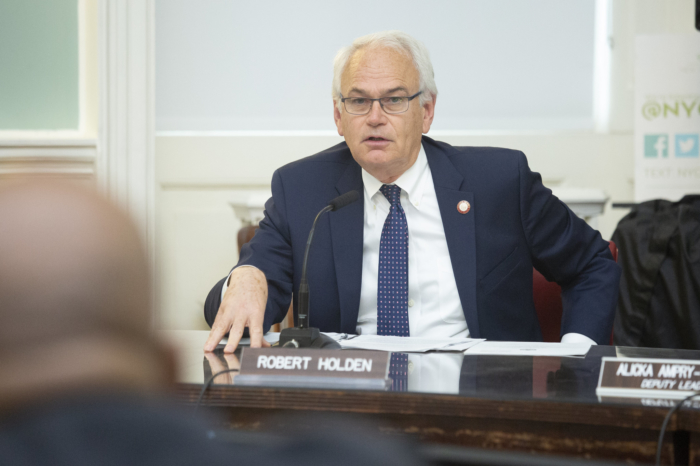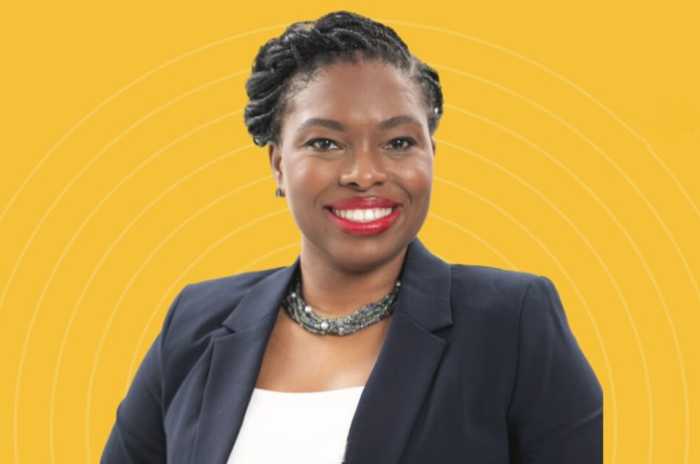By Mark Hallum
A City Council motion in 2014 to ease restrictions on gender change applications has resulted in a spike of birth certificate changes in the past few years.
Before the city pulled the requirements back on its health and administrative code, gender marker changes on birth certificates averaged about 20 per year. Since January 2015, 731 New Yorkers have amended their personal documentation to make services requiring accurate record available to them, the city Department of Health said.
Carrie Davis, chair of the Department of Health and Mental Hygiene’s Report and Advisory Board on Gender Marker Change Requirements, explained how making changes to these records available to the transgender community is vital to their receiving the services they need in the public and private sector.
“As a cascade of anti-transgender legislation begins to sweep across the nation, it is more important than ever that transgender people have access to accurate identification in order to have open access to employment, school, travel and banking,” Davis said. “New York City’s forward-thinking and progressive public health policy regarding transgender people and birth certificates helps build a stronger foundation as we work toward greater health equity for transgender New Yorkers.”
City Health Commissioner Mary Bassett pointed out that allowing these changes sets the city apart by validating the lives of transgender people across all five boroughs.
“As jurisdictions around the country continue to adopt policies of discrimination against transgender people, it is crucial for this city to reaffirm its commitment to equality and health equity,” said Bassett. “We will continue to work with the community to recognize and affirm transgender lives, improve our services, reduce stigma and promote the health of all transgender New Yorkers.”
According to the Dept. of Health and Mental Hygiene, 55 percent of applicants who changed their gender marker switched from male to female, while 45 percent switched from female to male.
According to Council Speaker Melissa Mark-Viverito (D-Manhattan), better information regarding the transgender community is vital to protecting them against discrimination and hate.
“Over the past years, the Council has worked to ensure that transgender and gender nonconforming individuals have the same rights as everyone else,” Mark-Viverito said. “The insightful data put forward by the Health Department highlights the city’s commitment to protecting the dignity of our most vulnerable communities. And in the face of divisive forces that are attempting to undermine equality, the Council will continue to work with the Health Department to break down barriers for the transgender community.”
Ethan Rice, who sits as vice chair next to Davis, said improvements to the system will continue to be made as members of the transgender community seek changes to their birth certificates and other documentation.
“The need for the 2014 change in the code could not be more clear when seeing the number of transgender individuals that have accessed accurate birth certificates in New York City in the last two years,” Rice said. “The Advisory Board will continue to review the process and make recommendations for improvements to ensure that all transgender people born in New York City can attain an accurate identity document.”
Reach reporter Mark Hallum by e-mail at mhall







































